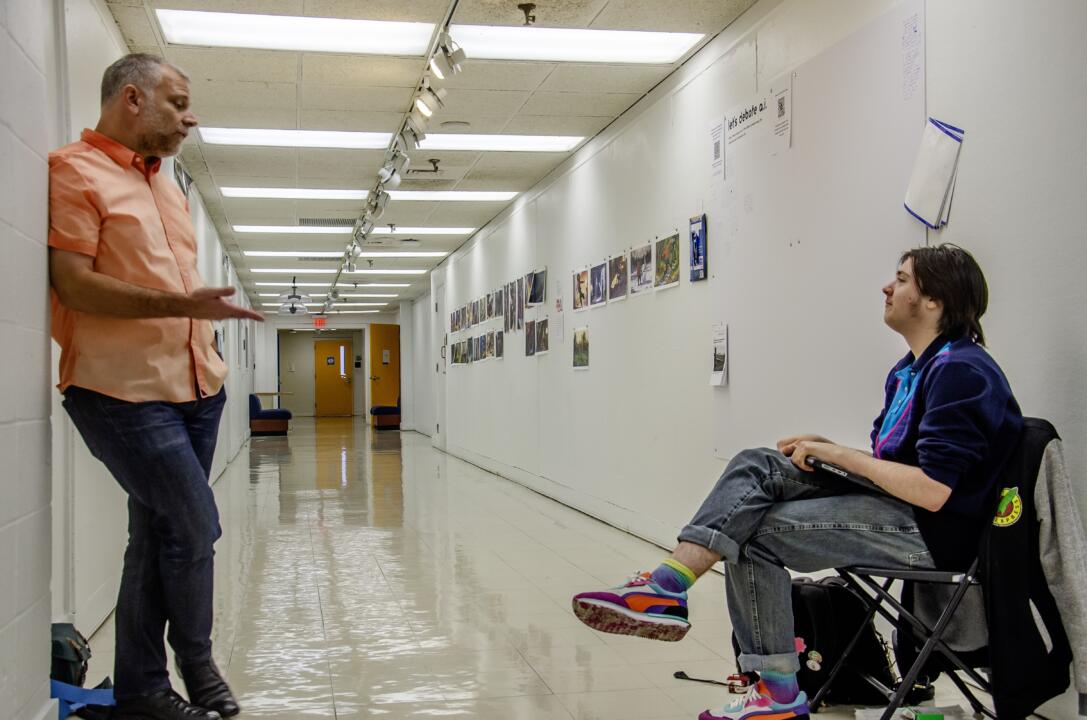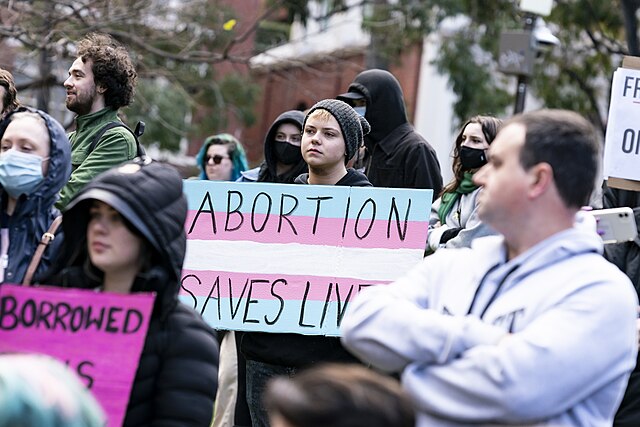Plastic bags in trees, drifting down waterways, blowing along sidewalks — this sight is becoming increasingly common with the 100 billion plastic bags Americans use every year. For its part, the University of Maryland, Baltimore County’s Office of Sustainability and Facilities Management will be using a $4,000 grant from the Forever Maryland Foundation to expand its plastic diversion projects and increase student awareness of plastic film waste.
This Clean Up Green Up grant has the potential to divert over 900 pounds of plastic films a month. According to Assistant Director of Sustainability Facilities Management Ryan Kmetz, this will mainly be accomplished by increasing convenience and student ownership of recycling habits.
“Our primary focus is on the residential side of campus… because students go grocery shopping, receive packages, etc.,” explained Kmetz.
In the fall, students can expect to see new corrugated yellow bins for any kind of plastic film. These include things like grocery bags, cereal box liners, plastic wrap and the plastic overwrap on drinks.
An estimated 30 to 45 yellow “plastic diversion” containers will be strategically placed around campus to maximize convenience. While these bins will be concentrated in residential areas, they may also be placed in the Commons or the University Center.
The plastic waste will be collected, bailed and weighed by Facilities Management staff who are already responsible for other waste and recycling efforts. The compacted plastic will then be sent to an appropriate recycler, such as Trex. These companies often recycle the waste into “plastic wood.”
Kmetz explained that the calculation of 900 pounds of plastic per month is based on lessons learned from the 2019-2020 school year when UMBC participated in the Trex Plastic Free Challenge. Four cardboard collection boxes were placed around campus to collect plastic waste for a grand total of 519 pounds of plastic diverted.
The Office of Sustainability and Facilities Management used the success to fuel the current initiative of an ambitious 900 pounds of plastic diverted per month
Some might question the need for another waste bin alongside existing trash, recycling and compost containers on campus. Many students may simply continue to throw their plastic waste into the recycling because these materials often have a recycling symbol on them. However, Kmetz said that many recycling centers are often unequipped to deal with plastic films which become “greasy” as they are broken down. As a result, these materials often cannot be turned into reusable “plastic mulch” and may even contaminate any actually recyclable materials in a recycling center.
So what does it mean to divert plastic? Diversion simply means not sending waste directly into landfills. Plastic has a particularly negative environmental impact with some plastic objects like plastic bottles projected to take hundreds of years to decompose. Recycling and diversion initiatives are efforts to reduce the amount of landfill plastic. Plastic wood, for example, can be used as deck material.
In order to drive home the message of plastic diversion and the positive impact of student initiatives to improve their recycling habits, Kmetz explained that his office is giving students ownership of outreach efforts.
“Eco Ambassadors… [and other students] will design signs and video announcements,” said Kmetz. “I am a firm believer in trying to work with student groups and have them come up with some of the ideas.”
To learn more about supporting UMBC’s efforts towards zero plastic waste and how you can get involved, visit sustainability.umbc.edu.


